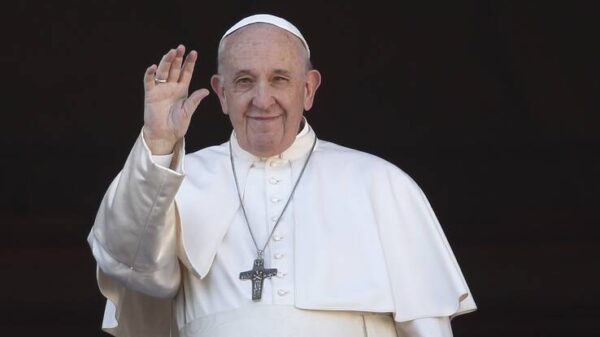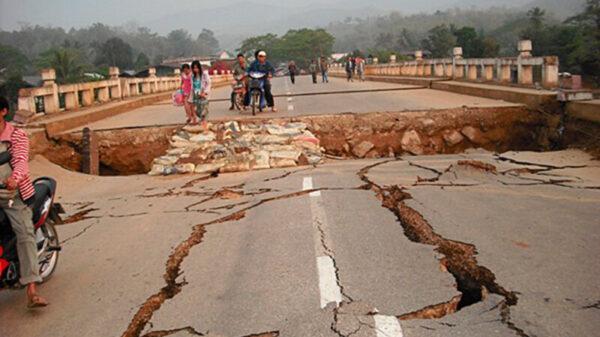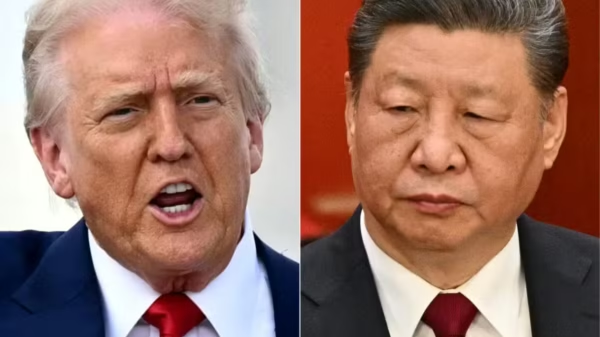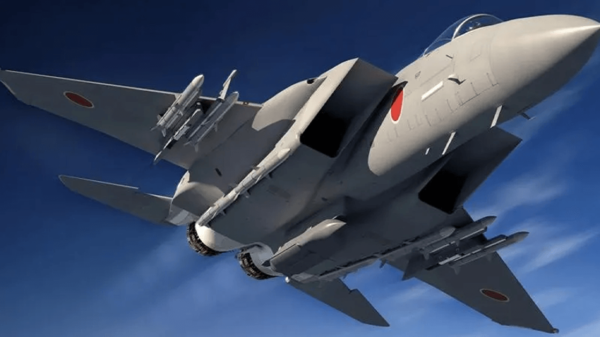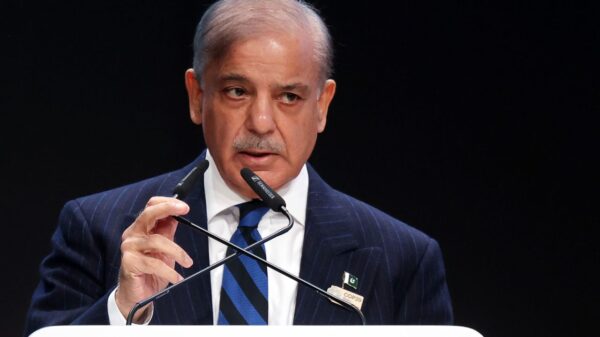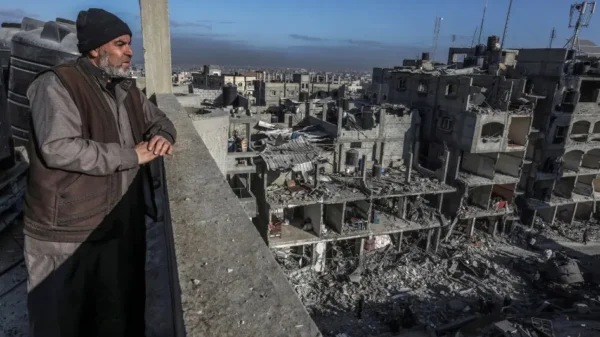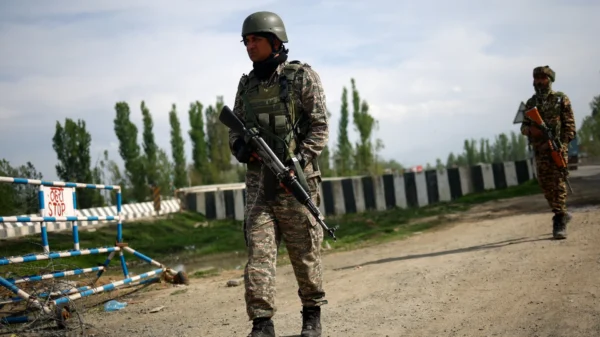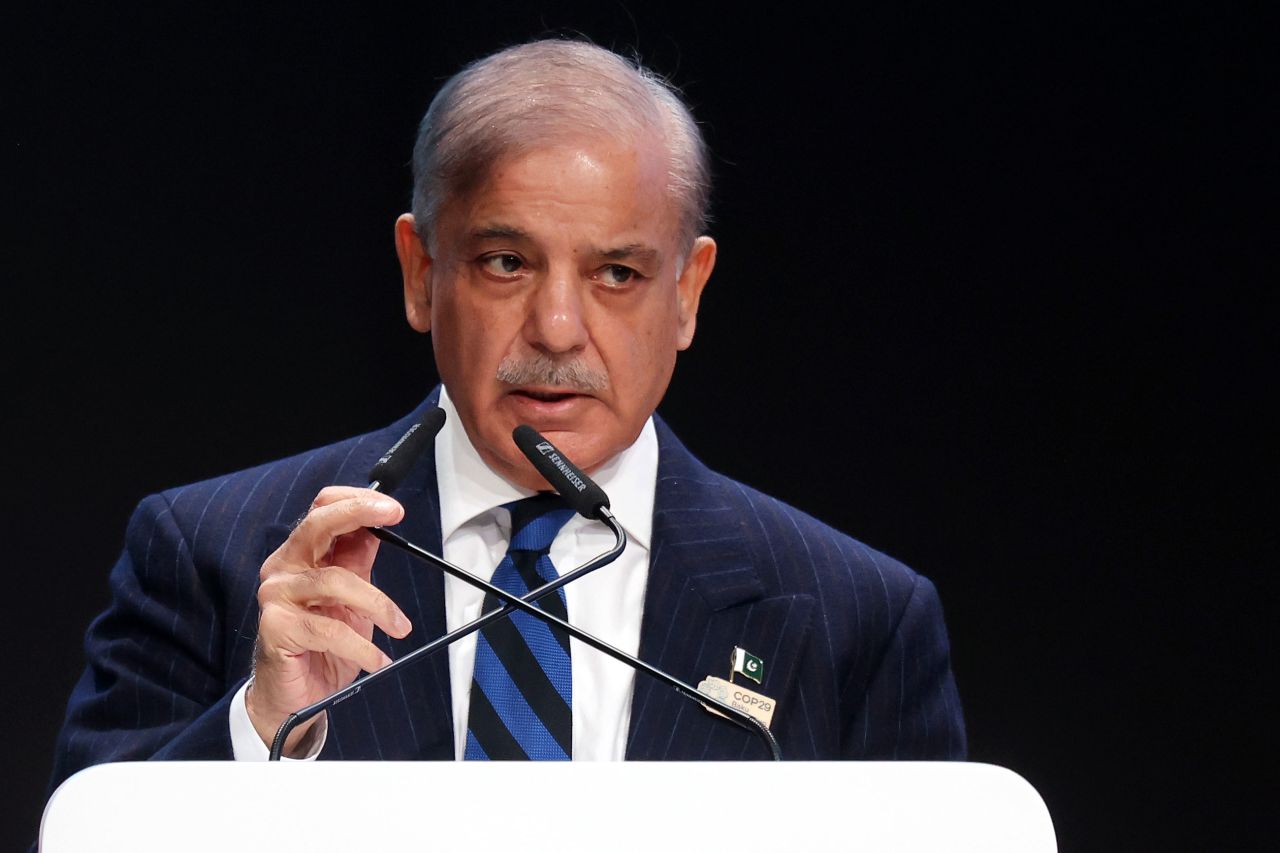Pahalgam Attack Sparks National Outrage
On April 22, a deadly terrorist attack in Pahalgam, a popular tourist destination in Jammu and Kashmir, left 28 civilians dead and over 40 injured. The attack, claimed by The Resistance Front (TRF), targeted a group of Indian and foreign tourists, prompting nationwide condemnation and a swift demand for retaliation.
India Launches Operation Sindoor
In response, India initiated “Operation Sindoor,” a coordinated series of precision missile strikes targeting suspected militant hideouts across Pakistan-administered Kashmir. The operation, conducted with aerial and ground-based assets, was described by Indian defense officials as a “measured but firm” response aimed at dismantling terrorist infrastructure.
Strikes Target Multiple Locations in Pakistan
Indian air and missile strikes reportedly hit training camps and arms depots in areas such as Muzaffarabad, Kotli, and Mirpur. Defense analysts noted that this was one of the most extensive cross-border operations since the 2019 Balakot airstrike. Pakistani authorities claimed several civilians were killed in the attacks.
Pakistan Retaliates with Drone and Missile Assaults
Within 24 hours, Pakistan launched retaliatory drone and missile strikes on Indian border villages in Punjab and Jammu regions. According to Pakistani officials, the strikes were directed at Indian military installations, but reports from the ground confirmed that civilian homes and infrastructure were also impacted.
Civilian Casualties Mount on Both Sides
The escalating conflict has resulted in rising civilian casualties. At least 15 Indian civilians and nine Pakistanis have reportedly died in the crossfire. Hospitals in border districts remain overwhelmed, with both countries accusing each other of targeting non-combatants.
Diplomatic Channels Fall Silent
Despite past backchannel talks aimed at de-escalation, current diplomatic communication between the two nuclear-armed neighbors has broken down. India has recalled its high commissioner from Islamabad, and Pakistan has followed suit. International observers fear the absence of dialogue is worsening the crisis.
Global Community Calls for Restraint
The United Nations, United States, European Union, and several Gulf nations have called for immediate restraint. UN Secretary-General António Guterres urged both nations to avoid further escalation and resume dialogue. Meanwhile, the U.S. State Department offered to mediate, though both India and Pakistan have historically resisted third-party involvement.
Kashmir Once Again the Flashpoint
The recent violence highlights the persistent volatility of the Kashmir region. Although tensions had somewhat eased following the 2021 ceasefire agreement, the Pahalgam incident has reignited hostilities. Analysts warn that militancy in the region may see a resurgence if a diplomatic path is not re-established.
Media Coverage Fuels Nationalism
Both Indian and Pakistani media outlets have adopted highly nationalistic tones in covering the recent events. Newsrooms have broadcast dramatic footage of missile launches and military briefings, inflaming public opinion and limiting space for moderate voices advocating peace.
Economic Fallout Begins to Show
Stock markets in both countries have reacted negatively to the news, with India’s Nifty 50 and Pakistan’s KSE-100 indices falling sharply. Travel advisories have been issued by several nations, while cross-border trade through Wagah has been suspended indefinitely.
Military Readiness Heightens on Both Sides
Troop deployments along the Line of Control (LoC) and the International Border have increased significantly. The Indian Army has moved artillery units and tanks closer to the frontier, while Pakistan’s armed forces have put their air defense systems on high alert.
Public Sentiment Divided
In both countries, public sentiment is deeply polarized. While some citizens express support for decisive military responses, others—particularly those living in border areas—are urging leaders to prioritize diplomacy over confrontation, fearing the long-term cost of war.
Nuclear Tensions Loom in the Background
With both nations being nuclear-armed, the international community remains deeply concerned about any miscalculation. Although neither side has hinted at nuclear engagement, experts point out that continued military escalation increases the risk of unintended consequences.
Track-II Diplomacy Faces Challenges
Attempts at informal diplomacy through think tanks and retired officials have seen limited success due to the speed and intensity of the current hostilities. These Track-II channels, while still active, have been hindered by a lack of political will and media pressure.
Urgent Need for De-escalation Recognized
As tensions threaten to spiral into a broader military confrontation, regional stability hangs in the balance. Experts and international observers stress the urgent need for a ceasefire and the reopening of diplomatic channels to prevent further bloodshed and restore calm in the subcontinent.
Conclusion: Urgency for Peace in a Volatile Region
The escalation following the Pahalgam attack has brought India and Pakistan dangerously close to a wider military conflict, reviving painful memories of past confrontations. While both nations claim to be defending their sovereignty and citizens, the rising civilian death toll and deepening regional instability highlight the immense cost of continued aggression. With global powers urging restraint and offering mediation, the onus now lies on New Delhi and Islamabad to recognize the risks of further escalation. A return to diplomacy—however difficult—remains the only viable path to lasting peace and stability in South Asia.





